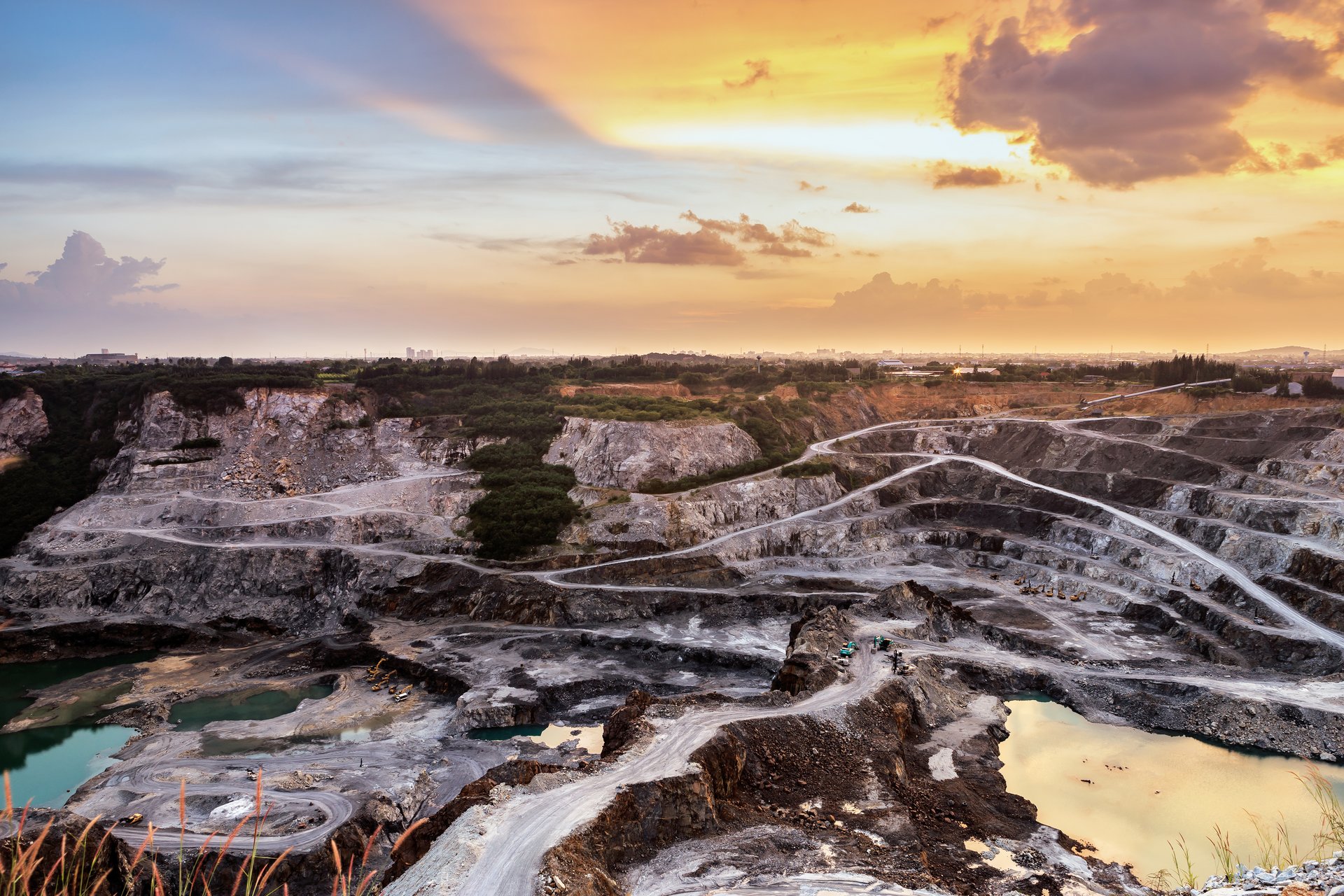Responsible management of wildlife, plant and mineral resources is essential to ensure their quality and sustainability across our vast territory. At the Faculty of Science and Engineering, our specialists in geology, mining engineering and earth sciences conduct advanced research into mineral exploration and sustainable mining, paving the way for more environmentally-friendly practices.
On the flora and fauna side, our biologists are innovating in key areas such as aquaculture, beekeeping and agroforestry. Some are also dedicated to the management and conservation of threatened wildlife species, such as woodland and migratory caribou, helping to preserve our biodiversity.
Thanks to a multidisciplinary approach, the Faculty is shaping the future of resource management in balance with nature.
